There are two foods that are ubiquitous across the Peruvian Andes. One is potatoes and the other is corn. This isn’t the corn we’re used to back home. Peruvian corn, choclo, comes in kernels many times the size of our small, sweet version. They’re big, fat, juicy and versatile. Many things can be made from choclo but the most infamous has to be the corn-based beer, chicha.
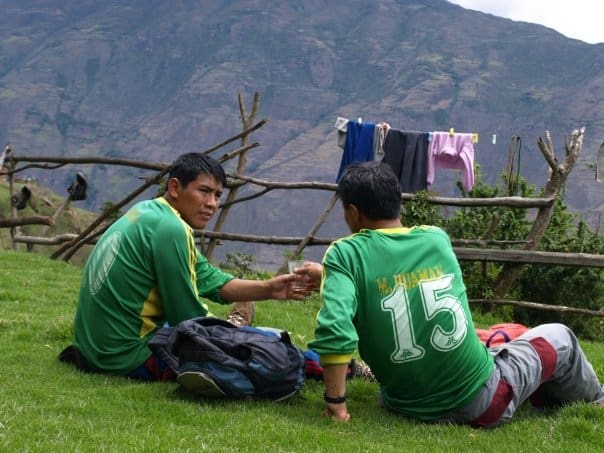
Sharing a glass of chicha in the mountains of Cusco, Peru – Matthew Barker
Although it isn’t especially alcoholic the amount that is consumed at one sitting can be enormous and in the towns and villages of the Andes, getting drunk on chichi is a popular pastime – particularly during on of the many holidays. On these days drinking starts early and most folks are more than a bit tipsy by the afternoon.
The word chicha isn’t the original Quechua name for the drink, but is the name applied by the Spanish following their conquest of the Andes. Some say that the word is derived from indigenous languages used in Panama and Colombia or in Mexico. Others say it comes from chichal, to spit. Which, as it turns out, is particularly apt.
As is common in other parts of the world, Andean people realized they could use saliva to activate the fermentation process, making the partial chewing & spitting out of corn kernels the first step in the chicha brewing process.
Like civilizations before and after, the indigenous Andean people placed great significance on their beer and the brewing process became a ritual carried out by a small group of women, known as Virgins of the Sun, of the king’s chosen women. The corn would be chewed, mixed with saliva in the mouth and then spat out and stored for fermentation.
The chewing & spitting part of the process was removed over time, and now malted barley is used, as is common in most beer brewing processes. That said, the old techniques doubtless live on in the more remote and rural corners of the mountains.
The popularity of chicha definitely lives on. There is a town called Chinchero that lies between Cusco and Urubamba in the Sacred Valley. Today, although this town is known for its weavings, the town square features a giant statue of a man in traditional dress that looks for all the world like he is tipping back a jug of the homebrew.
Throughout the Cusco area, but especially in the countryside, you can spot many chicherias around, recognizable by the red flag or bag hanging on a pole outside. Even modern, non-spit produced chicha is only recommended for the most hardened of stomachs. Chances are the brew will have been stored in less than sanitary conditions for a while, and the cloudy liquid has an earthy taste that isn’t naturally palatable to Western tongues.
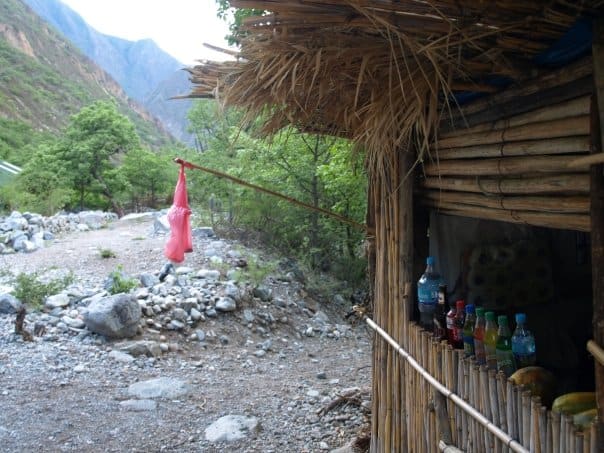
The tell-tale red flag of a chicheria – Matthew Barker
That said, if you’re brave and don’t mind a day or two of “digestive discomfort,” entering the unlit gloom of an abobe-walled chicheria, sipping from a beaker of chicha while practicing your Quechua with your new companions, all makes for a genuine cultural experience.
This article was written for Aracari, a specialist in luxury Peru travel.
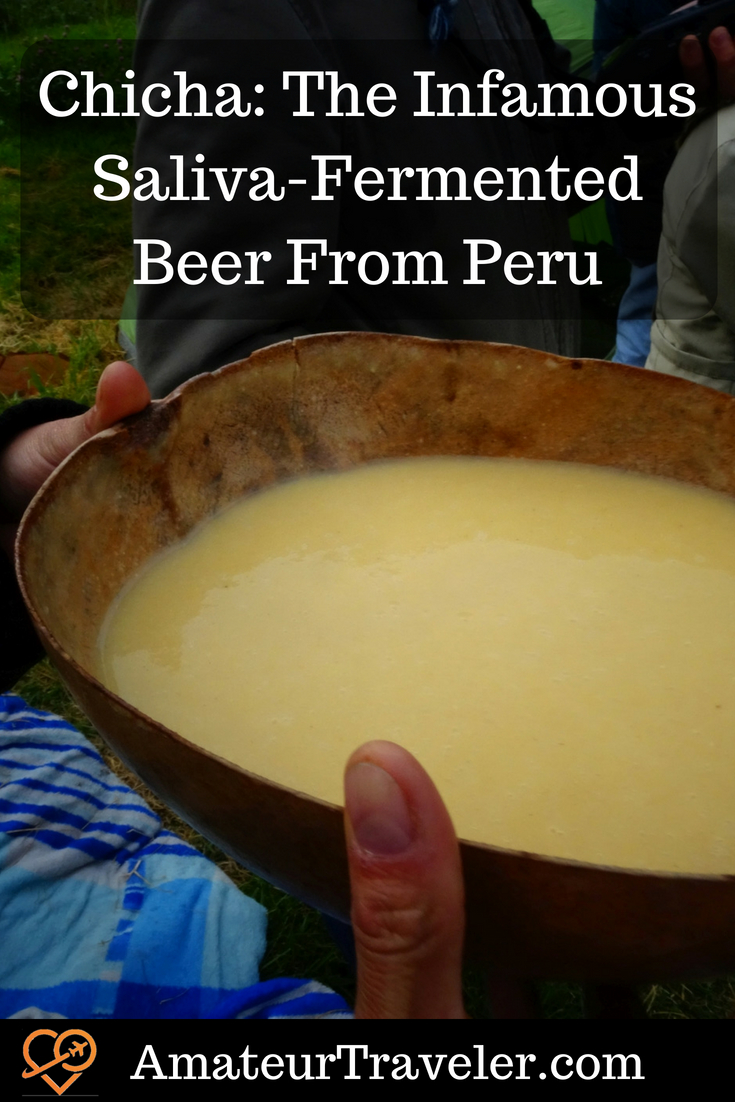

 A Guide to the Museums of Lima, Peru
A Guide to the Museums of Lima, Peru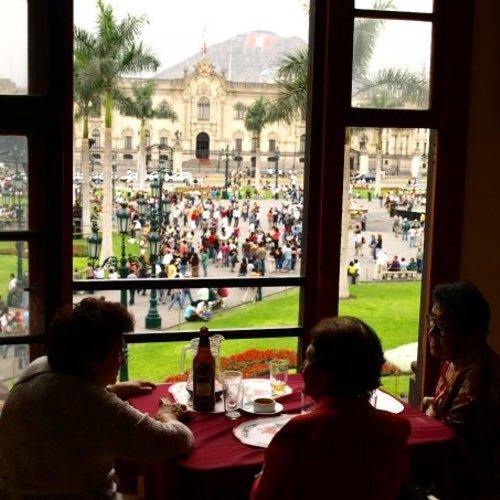 How to Spend 48 Hours In Lima, Peru
How to Spend 48 Hours In Lima, Peru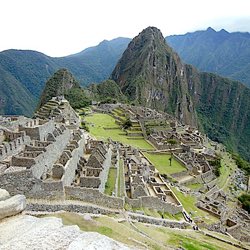 Planning a Trip to Machu Picchu, Peru For First Timers
Planning a Trip to Machu Picchu, Peru For First Timers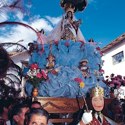 Paucartambo Festival: A Traditional Spectacle – Peru
Paucartambo Festival: A Traditional Spectacle – Peru


Dis Sienack
Says:June 8th, 2015 at 7:24 am
Very interesting reading on saliva fermentation.
Bernardo
Says:November 8th, 2016 at 9:36 am
Dislike, you speak about Chicha like if you could only find it in Peru. Bolivia has the same culture but does not sell itself so much (big difference).
chris2x
Says:November 8th, 2016 at 10:15 am
I think the author was just mentioning where they ran into Chicha, which was Peru
Robert
Says:August 29th, 2021 at 8:42 am
Japanese sake was produced in a similar way. Virgins chewed rice grains for fermentation. Interesting common history, I wonder where this practise first originated?